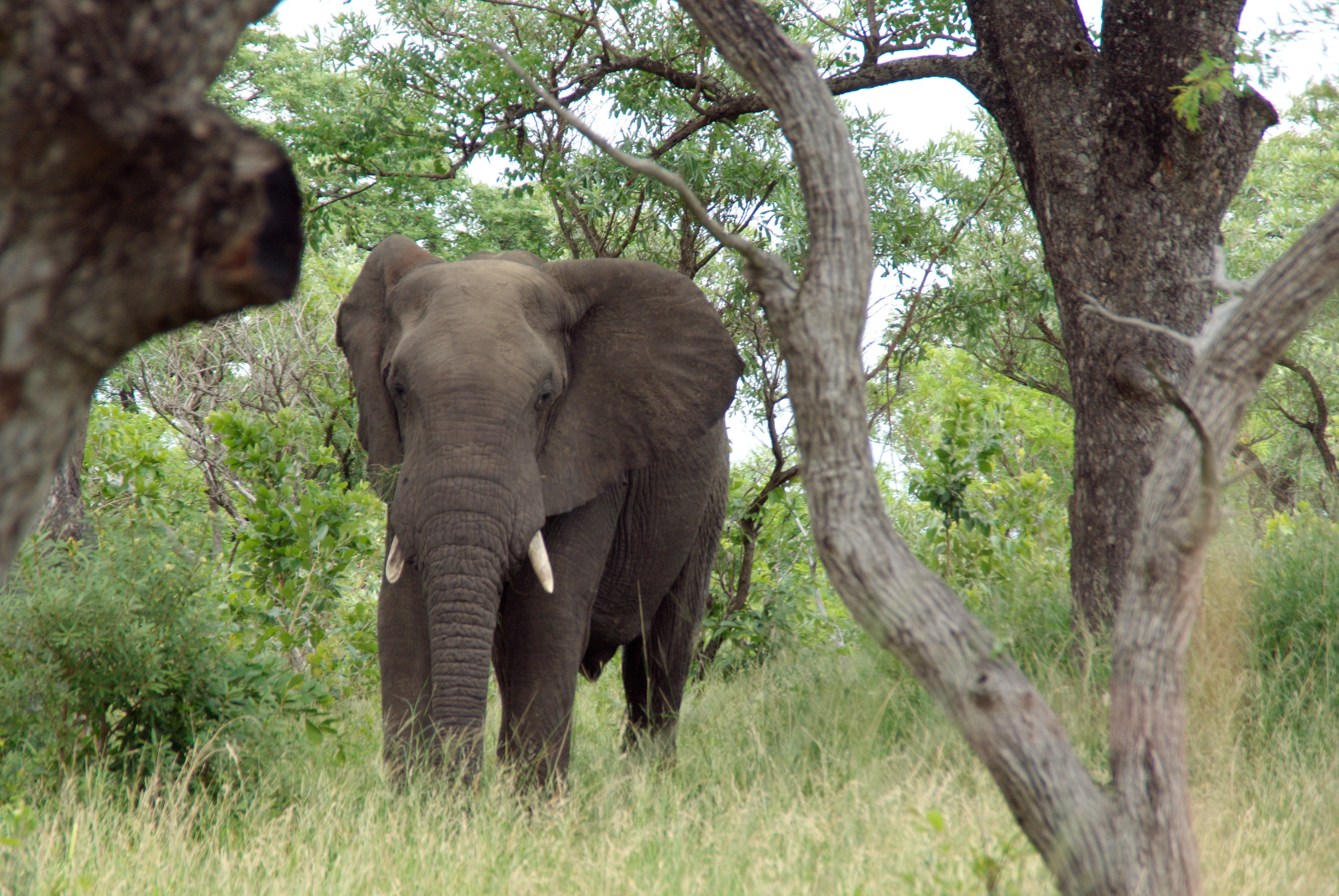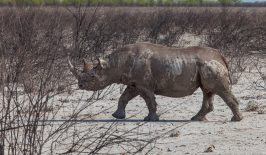According to the Great Elephant Census – first launched in 2015 – Africa is estimated to have lost a third of its elephants in the last decade due to illegal poaching, with some countries, such as Tanzania, losing over sixty per cent.
The problem also appears to be spreading, with conservationists recently discovering the carcases of ninety slain elephants in Botswana, a nation which was previously considered a relative safe haven for Africa’s elephants.
One major challenge for anti-poaching groups is often how to efficiently utilise their limited resources over a vast, often international area. Luckily advances in artificial intelligence and machine learning are coming online to provide a helping hand to rangers on the ground.
The Elephant Listening Project (ELP), launched by Cornell University, is just one endeavour looking to combine technology with traditional rangering. The project, which works closely with artificial intelligence startup Conservation Metrics, has developed innovative listening devices which can better inform rangers of elephants’ locations – as well as the location of their poachers.
Rangers’ Ears in the Forest
ELP has installed dozens of listening devices into the forests of Nouabalé-Ndok, a 930 square kilometre national park in the Republic of the Congo, which are then used to eavesdrop on elephant activity. This information is then passed onto rangers on the ground, who can use it to better plan and execute patrols. Furthermore, the sensors can also detect the sounds of poachers – such as gunshots – alerting anti-poaching workers to their presence.
In the past, the turn-around time of this information cycle was far too long, with information sometimes taking three to four months to reach the rangers. This was primarily because each recording of possible elephant or poaching activity had to be filtered through a human worker, greatly delaying the process and diminshing the use of their information. Conservation Metrics are confident they can change that.
By using artificial intelligence and machine learning to decipher ELP’s recordings, Conservation Metrics claim they can drastically reduce the time required to process the information, providing it to rangers when it is still actionable. By listening to thousands of recordings of elephant calls, the artificial intelligence algorithm can very quickly learn to identify elephants among the other sounds of the African forests – with the same going for poachers. What’s more, once more sensitive listening devices have been developed, the algorithm can also learn to more accurately differentiate similar sounds, for example between a twig snap and a gunshot.
Currently, the artificial intelligence component of the project is still in its infancy. There are also still logistical issues which are slowing down the process, namely retrieving the data from the often hard-to-reach recorders and then sending it from the Congo to the US to be analysed. Additionally, some also suggest that technology which tracks poachers by their gunshots is already far too late to be of direct actionable use to prevent poaching.
Despite this, the project has shown enough promise to be awarded funding from Microsoft’s AI for Earth Initiative, which looks to provide backing and tool kits to similar conservation orientated projects.
Indeed, we have seen several such projects emerging in the past, including artificial intelligence algorithms that can better plan rangers’ patrol routes, and animal spotting technology that can track animal movements, as well as the those of the poachers that hunt them.






